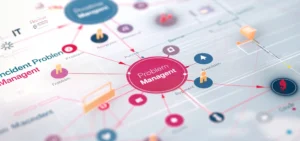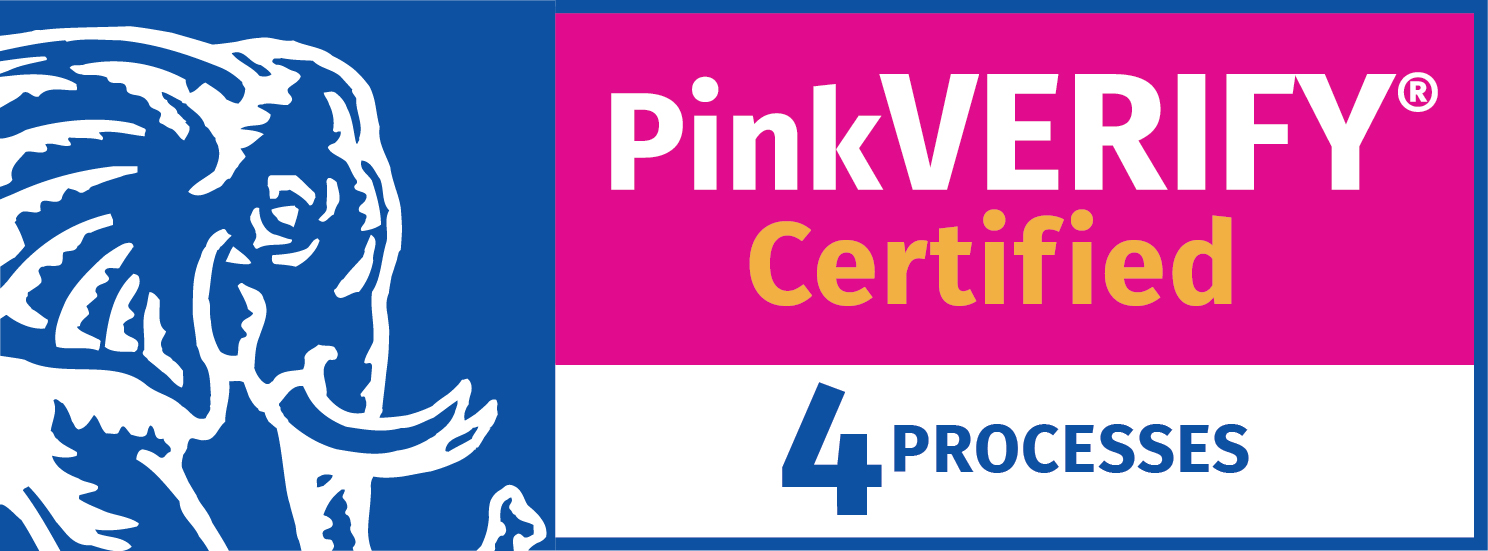When done right, Knowledge Management improves the overall effectiveness of a company’s IT assistance. Help Desk and Service Desk employees can easily recycle IT solutions that have worked in the past, improving their speed to resolution. Meanwhile, employees are empowered to resolve issues on their own, which reduces the cost – as well as the strain – on help desk employees.
Creating an effective knowledge management tool takes more than simply deploying a new module and emailing your employees that it’s available. Here are the practical steps your organization will need to take, as well as some best practices to build up your system.
How To Run an Effective Knowledge Base
There are essentially four parts to running your knowledge base. You need to source the information, organize your information, optimize performance, and keep the knowledge base current. Doing this properly will do more than ease your organizational workflow, it will give you a competitive advantage in various industries.
Source the Information
Your first step is figuring out which types of effective questions you need to include. As time goes on and lessons are learned, of course, you can add edge case issues that may be used infrequently. However, when getting started you want to ensure that the system has information that will answer the most questions for the most people.
If you already have a Help Desk system in place, review existing product or service tickets to identify the most common questions that are being asked.
Your Help Desk team is another important source of information, they are one of the communities that puts knowledge to practice. Survey team members to see which issues come up frequently and have them contribute items that they face repeatedly.
Once issues are identified, have your subject matter experts (SMEs) write up step-by-step instructions or record videos that can be searched and used to resolve issues.
Organize Your Knowledge Management System
Create categories for the different types of questions. If possible, limit the number of categories, which will make it easier for users to find information they are looking for.
Place the most common questions on your knowledge management homepage, and add links in a sidebar with additional resources, such as chat, forums, or online courses.
Your knowledge management system should include a place for users to add questions, which you can use to create new content, as well as a user satisfaction tool, so you can gauge the effectiveness of your system.
Analyze Your System
Use analytics to measure the effectiveness of the system. For starters, look at results from satisfaction surveys, and determine whether dissatisfaction stems from poorly designed solutions or difficulty in finding information.
You can also compare the number of times your help desk receives questions that are in the knowledge base, which helps you measure how aware your users are that a self-help portal is available to them.
Continually Update and Optimize Your System
There’s no set rule for how frequently your knowledge management system should be reviewed. However, one best practice is to review every item in the system on a quarterly basis, to ensure that the information is still relevant. For example, if you’ve upgraded to a new system and the existing knowledge base content refers to older versions, your SMEs should update the item.
When items consistently receive low scores from user feedback, review those items to identify why users are dissatisfied. You may find that directions are confusing, or the answer might be better presented as a diagram, list, or video response.
Watch search terms to see what your users are looking for and use that data to identify new items that need to be added into the platform.
Taking Your Knowledge Base to the Next Level
Once your system is functioning, you can start adding edge cases to the system.
Create a process of improvement, where Help and Service Desk team members document responses and resolutions to every issue they face. Simple items that can be done by any user should be added to the general help desk, while more complex resolutions that require IT professionals to lend a hand can be tagged and added to a special IT User group. By publishing these solutions, IT employees will be able to rely on solutions that have worked in the past and resolve similar issues faster.
You can also create a wiki-style section, where all users have the opportunity to add their own solutions. While these items should be reviewed by your IT staff, they help create additional user buy-in and usage of the system. An internal knowledge base is an ongoing process of improvement, and not just an Information Technology tool.
Bottom Line on Knowledge Management
Creating a knowledge management system is critical in developing a self-service portal. Ensure that the system can accommodate different types of learners, using video or written directions, and use SMEs from across the company to answer questions.
Your system should be able to work on different devices and browsers, integrate chat tools and feedback forms, and look to data to show the effectiveness of your platform.





